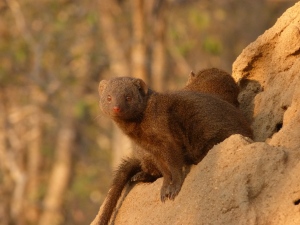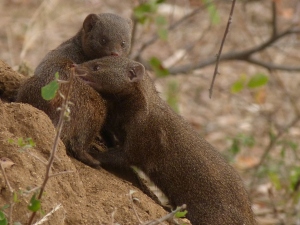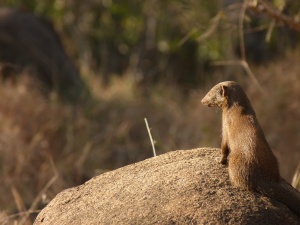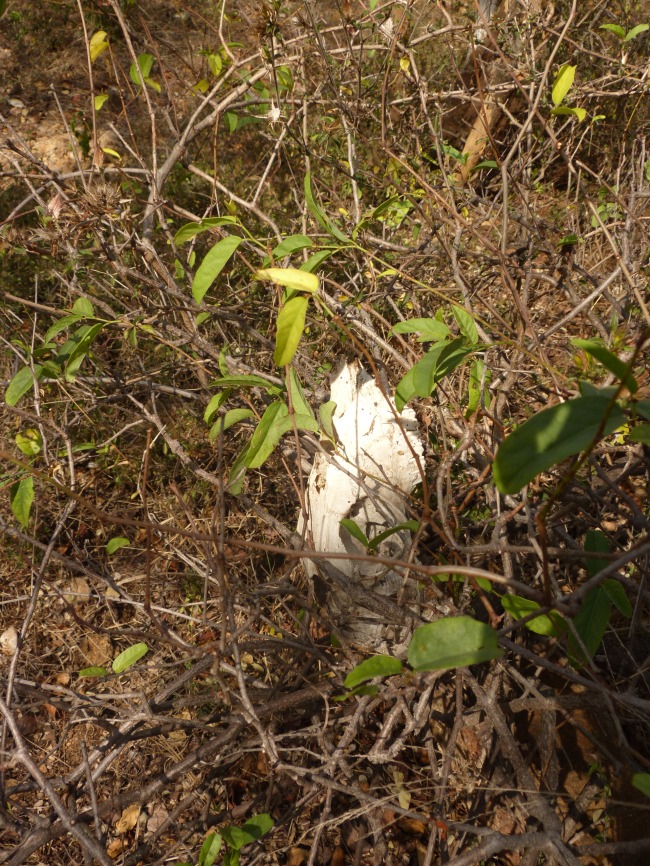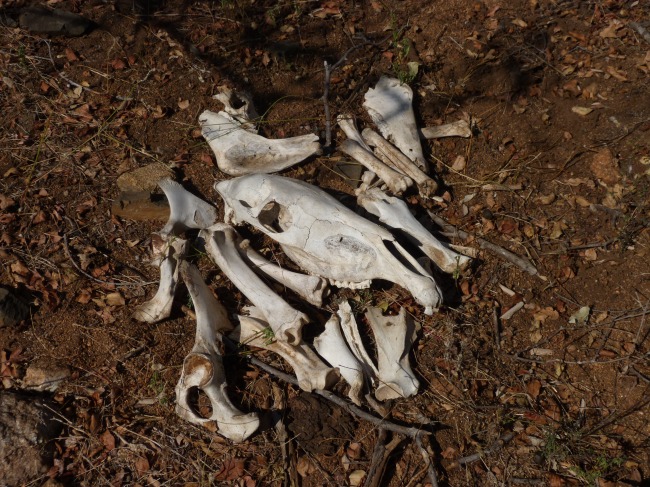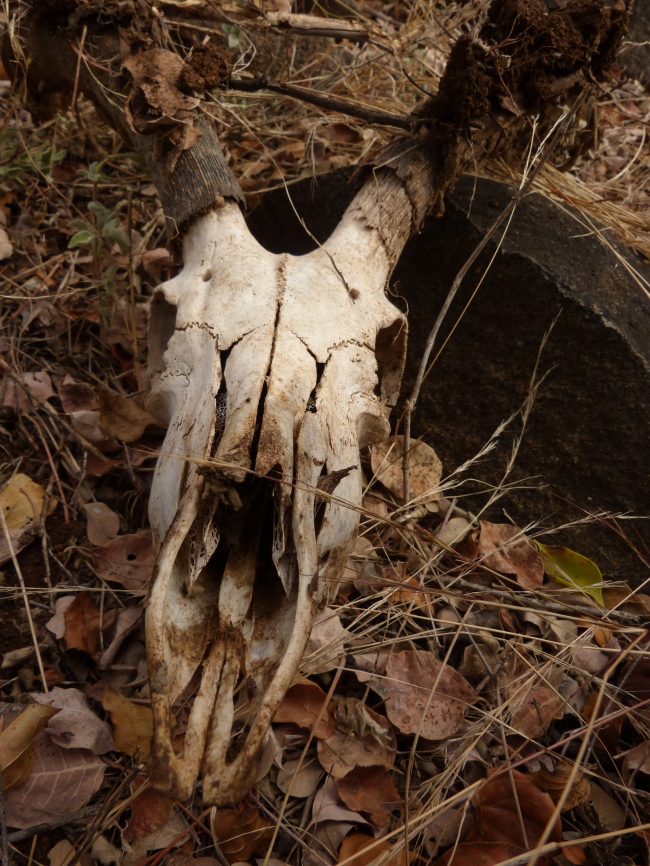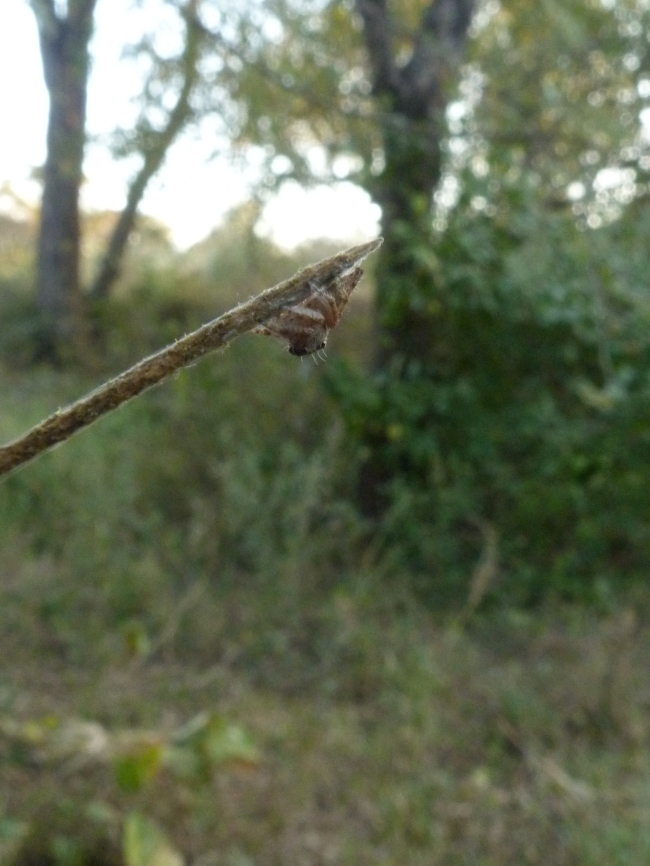Competition, presents and a busman’s holiday
With work taking up 9 hours/day for 6 days/week, and early nights from all the fresh air induced tiredness, we tend not to have too much free time outside of fieldwork. And that’s not adding in the mundane stuff – cooking dinner, data entry, etc. A lack of TV dish and proper internet means that we each have our own activities to concentrate on – research, editing photos, preparing blog posts.
To create a bit more excitement, we’ve had some extra adventures. For my first month here, we had a Rocky Road Off, a cross between Come Dine With Me and The Great British Bake Off. This was my first time making a Rocky Road and I stuck with a traditional recipe, only swapping digestive biscuits for my homemade orange-flavoured biscuits. It turns out I had beginner’s luck as I scored the highest and won the competition!
More recently we filled our evenings with preparation for a big day – Christmas in the Bush. Preparation included creating Secret Santa gifts, making snowflakes and paper chains, and planning food. We held Christmas at a friends’ house, where the first activity was the opening of a stocking present each, followed by Secret Santa. I’d made chocolate dipped orange biscuits (same type as I used in the Rocky Road Off) and received chocolate chip cookies and chocolate cornflake cakes. I tried my best to not eat them all at once.
Presents were followed by team activities. First up was a treasure hunt around the house and garden, in which my team came first! A break was called for an amazing Christmas lunch, and after some post-lunch lazing around, we commenced with a quiz which my team did ok at. Our win from the morning pulled us through and we won the day by 5 points!
Our other big time filler is going on game drives. You might think that spending all day in the bush could quench our desire to see more wildlife, but you couldn’t be more wrong. Namely, they are very different experiences. Our working days do bring us into contact with the occasional game animal, but the animal normally runs off when it spots you. So the usual wildlife to focus on are the dwarf mongoose (obviously), and the smaller things – the occasional lizard, a variety of insects and plants. Game drives enable us to see the bigger animals. You could say it is a busman’s holiday, but we are more than happy to spend our days off out seeing more animals. Last week, we spent a day at Kruger (leaving ours at 5am!) watching a variety of wildlife. But I shan’t reveal more details as Kruger deserves its own blog post I think.
So that’s how we have been keeping occupied out here, and it has been very good fun. I wonder what we’ll plan during the rest of my time here? Suggestions welcome.




